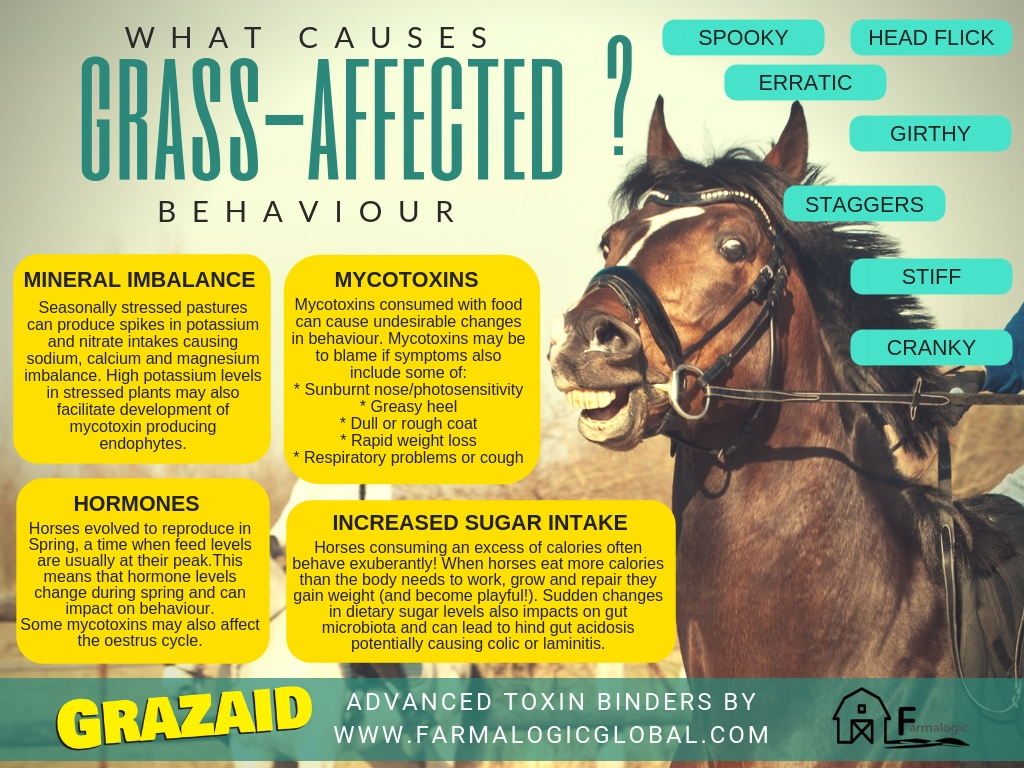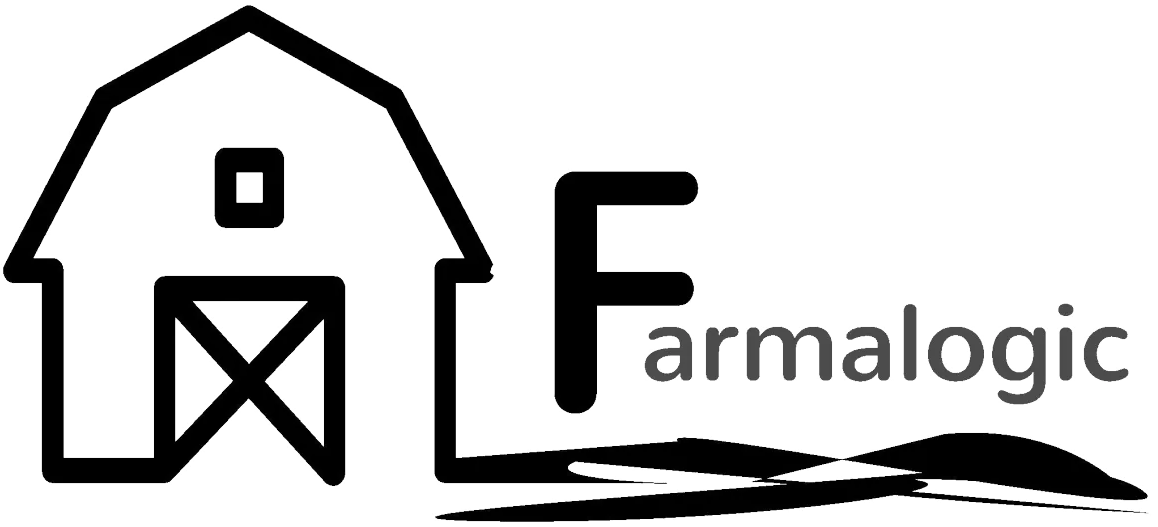How to Choose the Best Mycotoxin Binder for your Horse

How do Mycotoxin Binders work?
Mycotoxins have differing chemical and molecular properties which means that a single mycotoxin binder is not effective against all mycotoxins. The most common mycotoxin binders used in animal health are:
Inorganic toxin binders
These are mainly mineral clays including aluminosilicates, bentonite, montmorillonites and zeolite which bind polar mycotoxins due to their electromagnetic charges and non-polar toxins due to the porous physical structure of the molecule. Aflatoxins have a flat structure so they can be trapped between the layers of mineral clay structures like meat in a sandwich. Once in the clay structure the intermolecular forces between atoms tighten the bond like butter keeps meat stuck in the sandwich. The porous physical structure (shape) of the binder and polarity of toxins and binders are some factors that affect this process. Other mycotoxins such as DON and ZEN are not as flat so are harder for mineral clays to trap.
Organic toxin binders (biopolymers)
Organic binders are complex indigestible carbohydrates such as cellulose, chitosan, polysaccharides from the cell walls of yeast and some bacteria such as glucomannans, mannan-oligosaccharides and peptidoglycans. Organic binders often use polarity to attract the oppositely charged mycotoxins. This makes them very effective at binding the aflatoxins sometimes found in grains and stockfeeds. Yeast based binders are also able to bind T-2, DON and ochratoxin. However the most common grass endophyte toxins are not polar and therefore are not bound by yeast based toxin binders.
Activated charcoals
Charcoals adsorb due to their porous structure and are commonly used to treat some instances of drug overdose and poisoning in humans and animals.
Toxin deactivators
These include enzymes and organic acids that modify toxins into harmless compounds. Biotransformation via enzymes allows very targeted deactivation of specific mycotoxins, and is particularly suitable for non-polarised or non-adsorbable toxins.
Synthetic polymers
An example is cholestyramine.
Choosing the best mycotoxin binder for your horse
Although many substances have toxin binding properties, to be effective and safe in animal nutrition it is important that they:
- Are capable of binding the targeted mycotoxins.
- Hold on to the toxin through the remainder of the journey through the gastrointestinal tract.
- Specifically bind toxins, leaving important nutrients such as vitamins and minerals, and medications available for uptake into the bloodstream.
- Be safe as a feed additive, non-toxic to animals.
- Show scientifically demonstrated efficacy within animals at the lowest recommended dosage.
The effectiveness of toxin binders can be improved by combining a number of active ingredients to broaden the range of toxins they can bind in the gut. They may also provide additional nutraceutical support through the addition of antioxidants, botanical extracts and probiotics. When selecting a toxin binder for your horse, ask for evidence that it doesn’t tie up important nutrients including vitamins and minerals.
Click here to find out about a toxin binder that combines 5 key ingredients to provide broad-spectrum protection against the risk of mycotoxins and which meets the recommendations outlined above: Farmalogic Grazaid.
Mycotoxin Risk Management
- Only feed well stored forages, grains and feeds
- Discard damp, stained or smelly feed
- Discard feed or hay contaminated with dead rodents, snakes or rodent faeces
- Only sow new pastures with endophyte-free varieties
- Purchase hay from endoyphyte-free varieties
- Use a broad-spectrum toxin binder with multiple active ingredients during high risk
- Remove horse from contaminated pasture if necessary.



